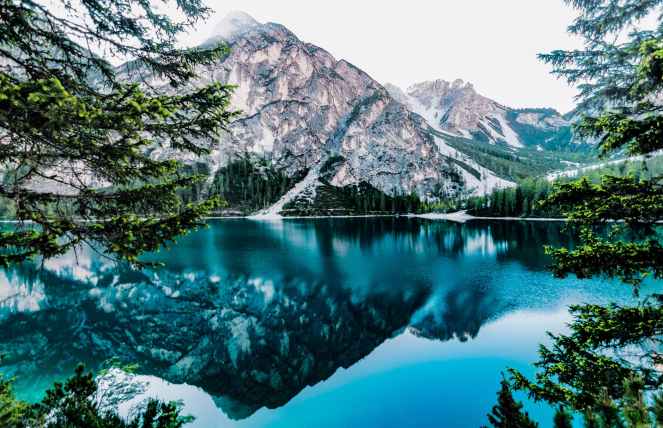Know a spot in your community that could use a little love?
The application period for the 2020 AARP Community Challenge is open!
The AARP Community Challenge provides small grants to fund “quick-action” projects that can help communities become more livable for people of all ages. Applications are being accepted for projects to improve housing, transportation, public space, technology (“smart cities”), civic engagement and more.
In an era when Americans, especially older Americans, are lonelier than ever in history, it’s great to see the AARP creating funding opportunities for organizations to create third spaces of all kinds.

AARP will prioritize projects that aim to achieve the following outcomes:
- Increasing civic engagement with innovative and tangible projects that bring residents and local leaders together to address challenges and facilitate a greater sense of community inclusion and diversity. (Although this category is targeted to local governments, nonprofit organizations can apply for and receive a grant in this category provided they demonstrate that they are working with local governments to solicit and include residents’ insights about the project or to help solve a pressing challenge.)
- Create vibrant public places that improve open spaces, parks and access to other amenities.
- Deliver a range of transportation and mobility options that increase connectivity, walkability, bikeability, wayfinding, access to transportation options and roadway improvements.
- Support the availability of a range of housing that increases accessible and affordable housing options.
- Demonstrate the tangible value of “Smart Cities” with programs that engage residents in accessing, understanding and using data, and participating in decision-making to increase the quality of life for all.
- Other community improvements: In addition to the five areas of focus, AARP wants to hear about local needs and new, innovative ideas for addressing them.
Read all about it at the AARP site.
Hat tip to The Dirt for sharing this out, including a feature about last year’s winner:
In Los Angeles’ Westlake/MacArthur Park neighborhood, Golden Age Park shows the power of placemaking. With support from AARP, a property that was vacant for 30 years was transformed by landscape architect Daví de la Cruz into a community garden with a children’s play area and outdoor fitness space for adults.












